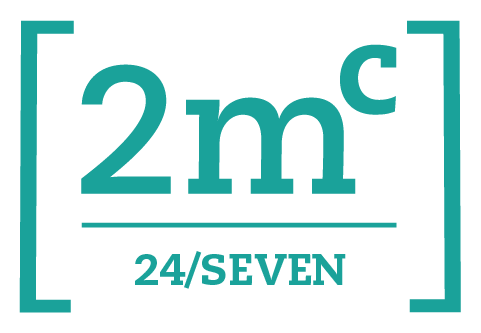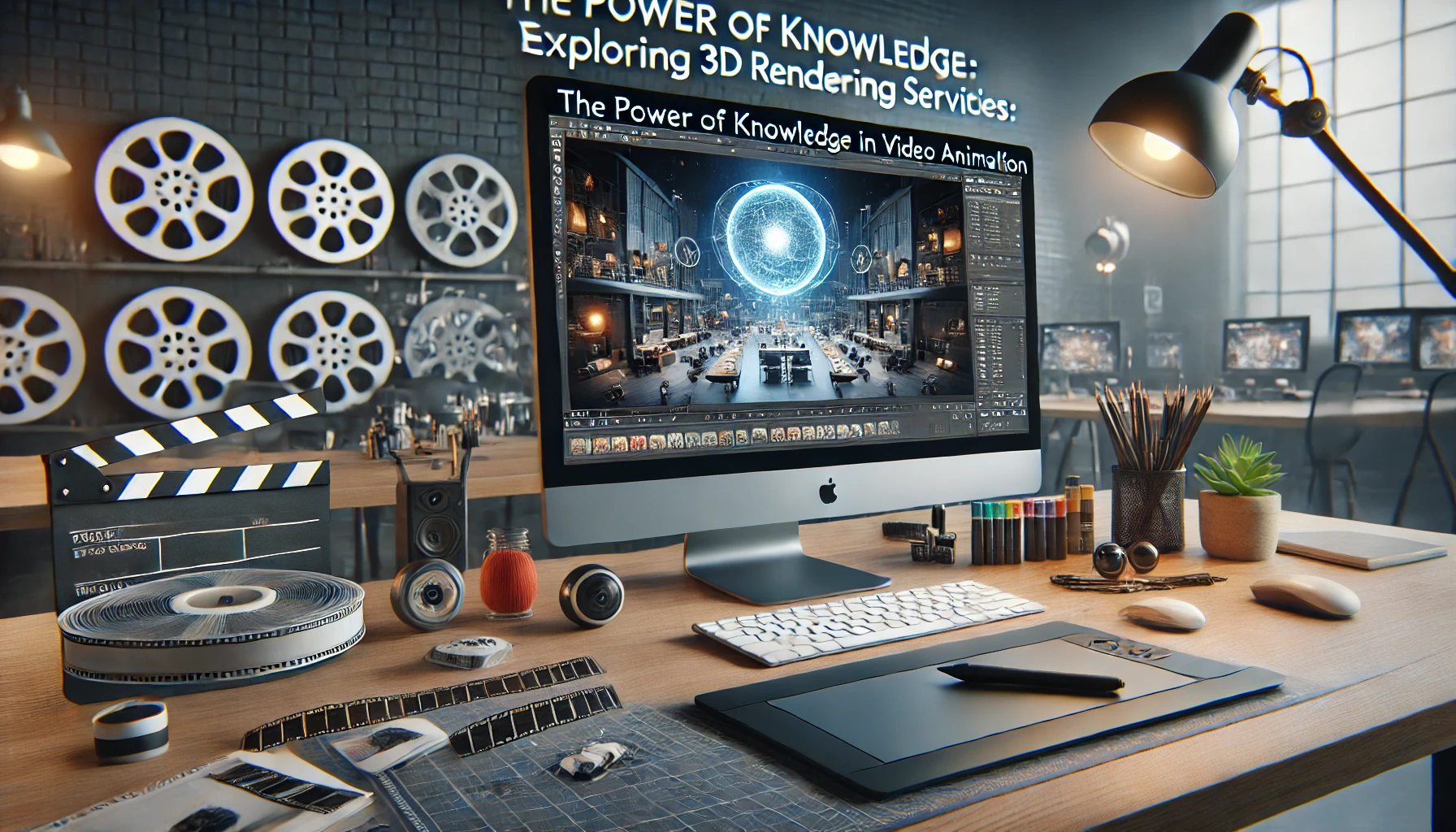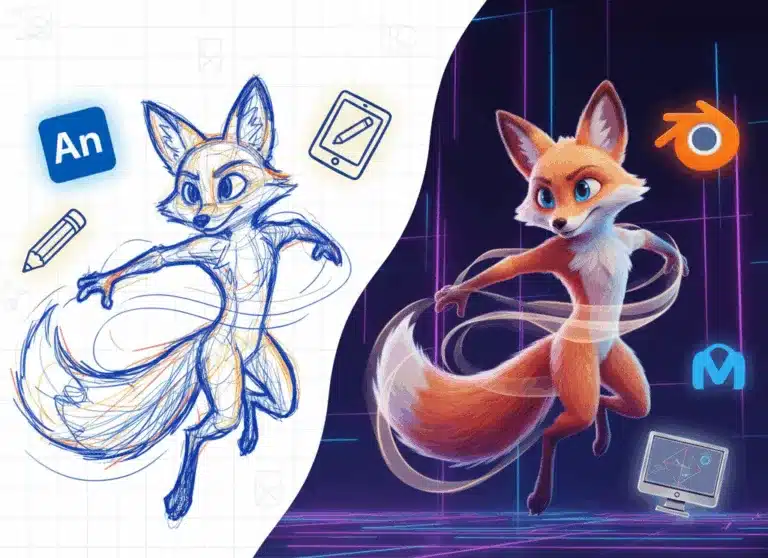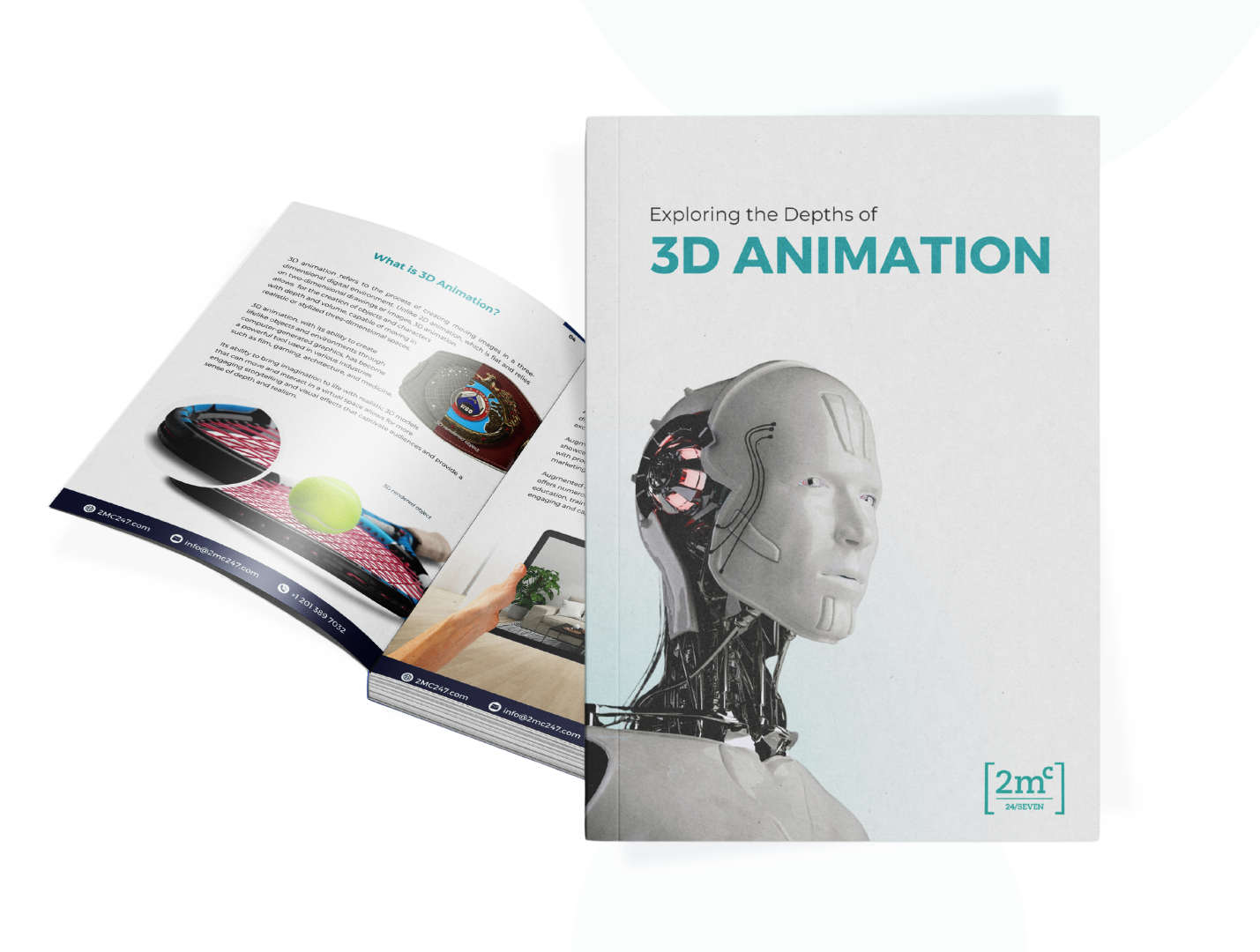There’s no feeling like making lines and shapes come to life on the screen. Animation is the art of breathing life into the inanimate for films, games, and advertising. As the demand for engaging visual content grows, so does the field of animation, expanding each year with new techniques, processes, and genres.
In this article, we’re going to delve into the fascinating world of video animation, focusing on the integral role of 3D rendering services. We’ll explore how these services enhance the animation process and bring incredible stories to life on the screen.
Traditional Animation
Traditional animation, also known as cel animation, involves creating hand-drawn frames. Classic films like “Snow White and the Seven Dwarfs” and “Sleeping Beauty” are prime examples of this technique. Each element is drawn on separate layers of transparent sheets (cels), allowing different parts of the scene to be animated independently. Although labor-intensive and rarely used today, traditional animation laid the foundation for modern techniques.
2D Animation
2D animation creates movement by sequencing images in a two-dimensional space. Traditionally, this was done by drawing each frame by hand, which is time-consuming. Modern tools like Toon Boom Harmony and Adobe After Effects streamline the process, enabling animators to rig digital characters and animate them efficiently. This method remains popular for its unique aesthetic and straightforward approach to storytelling.
3D Animation
3D animation is the art of bringing digital characters, vehicles, props, and full scenes to life in a virtual 3D space. Unlike 2D animation, 3D animation provides a three-dimensional view, allowing characters and objects to be viewed and animated from any angle. This technique is more mechanical and technical, often requiring collaboration with other departments to create detailed models and complex character rigs.
With the help of advanced software like Autodesk Maya and Blender, animators can set keyframes for essential actions, with the software generating the in-between frames. This not only saves time but also ensures smooth and realistic movements. The groundbreaking work of Pixar in “Toy Story” revolutionized 3D animation, setting new standards for lifelike characters and environments.
Motion Capture
Motion capture technology enhances the realism of 3D animations. It involves actors wearing suits with sensors that capture their movements and translate them into digital animations. This technique is widely used in blockbuster films like “Avatar” and video games like “Grand Theft Auto.” The captured data is then refined by animators to match the character’s rig and ensure seamless integration into the digital environment.
Motion Graphics
Motion graphics involve animating text, logos, and basic illustrations. They are commonly used in animated logos, film and TV credits, explainer videos, and sports graphics. Motion graphics can be created in both 2D and 3D, using keyframes and tweens to achieve smooth transitions. This technique is essential for adding dynamic visual elements to otherwise static content.
Stop Motion
Stop motion animation involves photographing individual frames of real-world objects and sequentially playing them back to create the illusion of movement. Films like Tim Burton’s “Nightmare Before Christmas” and the classic “Rudolph the Red-Nosed Reindeer” showcase this technique. It can be applied to various materials, from clay figurines to toys, providing endless creative possibilities.
The Role of 3D Rendering Services in Animation
3D rendering services play a crucial role in the animation industry. These services involve converting 3D models into high-quality images or animations, adding realistic lighting, textures, and shadows. This process is essential for creating visually stunning and immersive animations that captivate audiences.
Benefits of 3D Rendering Services
- Enhanced Realism: High-quality rendering adds depth and realism to animations, making characters and environments appear lifelike.
- Efficient Workflow: Advanced rendering software streamlines the animation process, allowing for faster production without compromising quality.
- Versatility: 3D rendering can be used across various industries, including film, gaming, advertising, and virtual reality.
Conclusion
The field of animation is ever-evolving, with new techniques and technologies continually emerging. Understanding the different types of animation and the role of 3D rendering services is essential for anyone looking to pursue a career in this dynamic industry. Whether you’re a novice or a seasoned professional, embracing these advancements can help you create captivating animations that resonate with audiences worldwide.
Stay ahead of the curve by learning from industry professionals and exploring the latest tools and techniques in animation. The world of animation is vast and full of potential, waiting for your unique creative touch.





